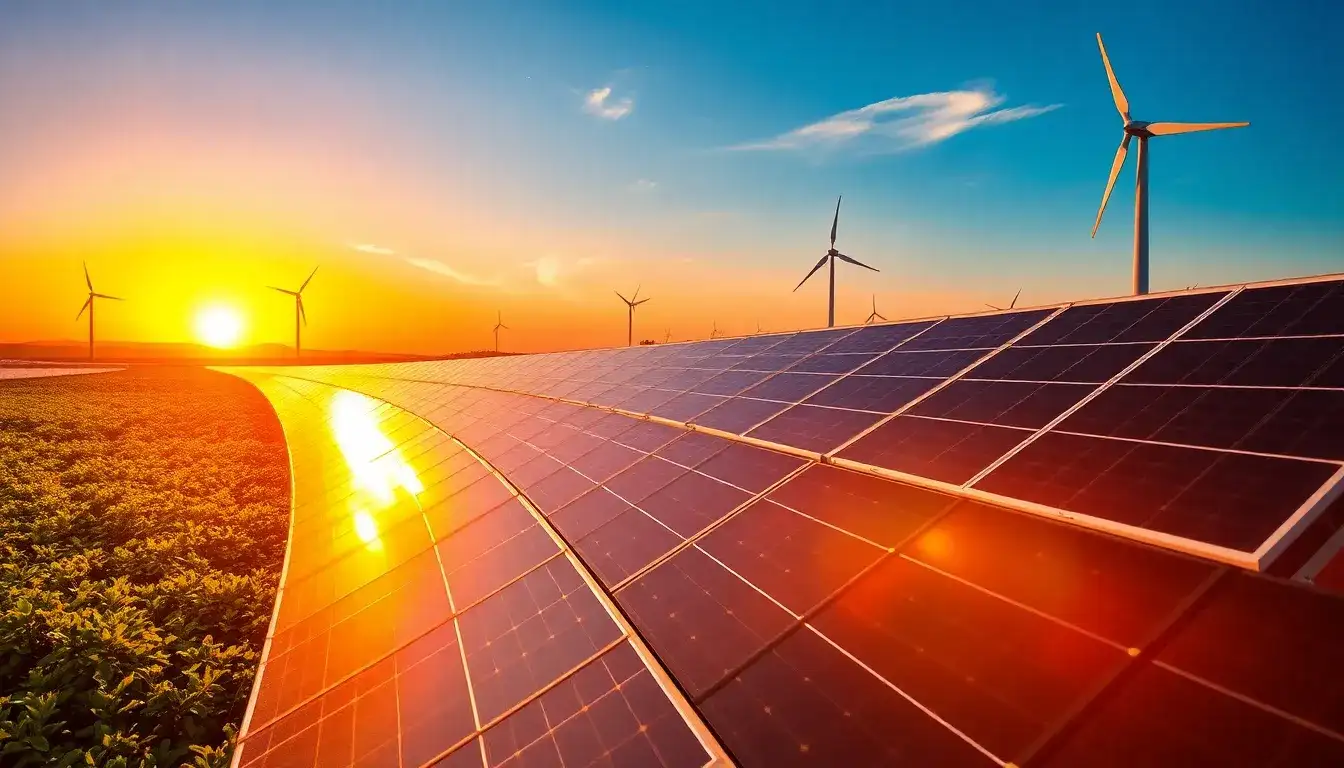
The photovoltaic industry has become a jungle. On March 18, 2025, the Carbon Reduction Initiative expressed concern over the deteriorating commercial ecology of the photovoltaic sector. In any industry, not just photovoltaics, once fierce competition ensues, it transforms into a survival game, where businesses resort to cutthroat tactics. In such circumstances, survival becomes paramount. Nowadays, this trend of the survival of the fittest is evident not just in photovoltaics, but globally. While it is possible to win people over through virtue, one must first possess strength. In the photovoltaic sector, even amidst the prevailing jungle rules, if leading firms engage in resource competition, technological monopolies, and price wars, at least it can be seen as fair competition. Just as in a gang fight, if the rules dictate that only knives can be used, then all must abide by that rule; and in a competitive arena, if the use of hidden weapons is allowed, then everyone must accept that as well—no one can then claim unfairness. Jungle rules are still rules, and what is truly concerning is the absence of any game rules, or worse, the manipulation of those rules for unfair advantage—such as gaining survival rights and influence through connections rather than market forces, or aggressively poaching vital personnel like material specialists and boiler operators, who possess essential know-how.
The Role of Market and Government
The adage, “What belongs to God belongs to God, and what belongs to Caesar belongs to Caesar,” can be expanded to include, “What belongs to the market belongs to the market, and what belongs to government belongs to government.” The market is responsible for “efficiency”—it should allocate resources most effectively. Thus, the main players in the market should be the enterprises themselves. Government and regulatory bodies should act as coaches and referees, never participating directly in the competition. Their role is to enable businesses to create commercial value, jobs, and tax revenue freely. The government is responsible for “fairness”—it primarily addresses issues that cannot be resolved solely through free competition, such as education, healthcare, and social security systems, which are critical to fairness and justice. These public services should never be fully commercialized, although private alternatives can exist to cater to diverse needs without undermining public services. Therefore, while the primary goal of enterprises is to make profits, the government’s main task is to spend the money earned by businesses to protect everyone, especially the vulnerable, ensuring their basic needs are met.
In the photovoltaic sector, much of the internal strife stems from a confusion regarding the roles and boundaries of the market and the government. This confusion has led to a distorted performance assessment of government officials, often forcing them to engage directly in the competition. Recently, Xu Zhiqun, Chairman of Highview Solar, published an article titled “The World Leaves Me Scarred, But the Wounds Produce Wings,” which eloquently expressed the struggles faced by companies in this market. While many firms in the industry have been battered, Highview is not among them, as it benefits from local government incentives. Reports indicate that Highview Solar has secured a favorable electricity price of 0.28 yuan per kWh, comparable to the benefits enjoyed by leading firms like Contemporary Amperex Technology Co. (CATL). However, Highview has denied this pricing, failing to provide credible investment agreements that could clarify the actual rates. The existence of such subsidies compromises fair competition, leading to significant losses reported by other firms like TCL Zhonghuan, which forecasts losses of 8.2 to 8.9 billion yuan in 2024.
Self-Regulation in the Industry
Regarding industry self-regulation, Highview still has room for improvement. Xu Zhiqun stated that Highview is a representative of quality self-discipline, emphasizing the importance of maintaining product quality standards, particularly as photovoltaic modules have a lifespan of 25 years. This initiative is commendable. Beyond quality, self-regulation in operational rates and pricing is equally critical. It has been reported that in September 2024, leading companies gathered to discuss reducing operational rates, forming a coalition dubbed “Silicon Wafer OPEC5.” However, feedback indicates that Highview did not adhere to its commitments regarding operational rates. As the silicon wafer market is highly transparent, competitors quickly become aware of any new orders. While others maintain around 40% operational rates, Highview has been operating at 90%. This disparity, along with the support from favorable electricity prices, has allowed Highview to avoid losses.
Ultimately, the current state of the photovoltaic industry reflects both a martial arts arena and a jungle, with ongoing battles over patents and technological pathways. The majority of leading firms are engaged in these conflicts. The patent war is especially intense in the solar cell segment, with companies like Jinko and Longi embroiled in disputes. Meanwhile, the technological route battle sees suggestions to standardize component efficiency at 24.2%, with a significant market share reserved for products meeting this benchmark. However, this has faced opposition from other major players due to the need to consider overall efficiency in centralized power generation.
In conclusion, the photovoltaic industry is navigating a complex landscape of competition, requiring businesses to adapt and innovate continuously while adhering to fair competition principles. The evolving dynamics of patent disputes and technological advancements will shape the future trajectory of the sector. As these battles unfold, the emphasis on self-regulation, market efficiency, and ethical practices will be crucial in fostering sustainable growth.







